THE EIGHTH WONDER OF THE WORLD - MILFORD SOUND
- angelogeorge988
- Sep 5
- 9 min read
The road from Queenstown to Milford Sound is not merely a journey—it is a rite of initiation, a passage through the gates of a hidden world. Over the course of three and a half hours, the asphalt transforms into an enchanted ribbon, winding through towering mountains that resemble slumbering deities and valleys where lakes mirror portals to other realms.
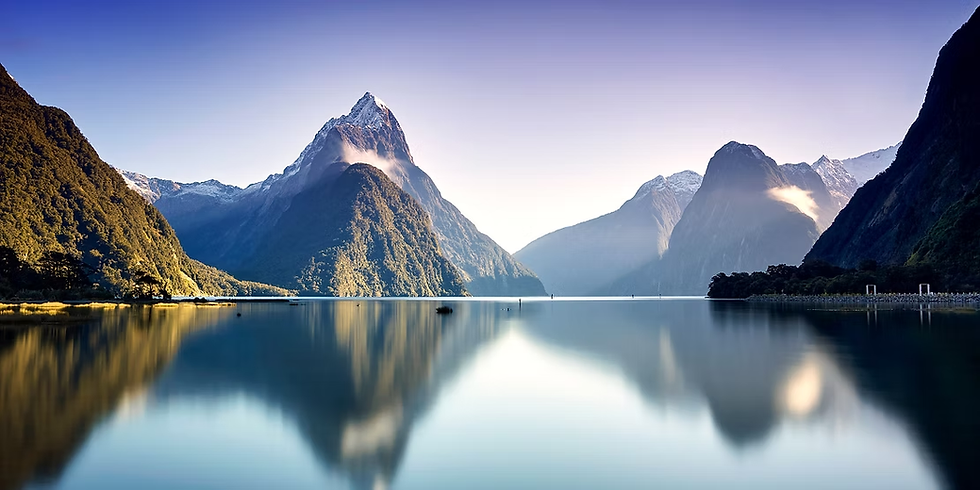
Each stop becomes an invocation—at waterfalls cascading like the cloaks of ancient spirits, in impenetrable forests where the footsteps of Māori gods are said to still echo, and beside cliffs seemingly sculpted by the hand of a mythical giant. Along this path, the traveler’s gaze is gradually and irrevocably captivated by nature’s spell.

At its terminus, Milford Sound reigns supreme—a fjord where mountains rise directly from the sea like sacred sanctuaries, and mist hovers close to the earth. The journey to this mythical place must begin at dawn, when the raw morning light ignites the mountain crests and their shadows stretch across the road like regal mantles. Only then, according to legend, do the mountain spirits permit passage, and the traveler receives the blessing of the road.

Yet the magic is not to be approached without reverence: the voyage upon the waters, the encounter with the sacred fjord, must be arranged in advance—booked at least one day prior. In this way, balance is preserved, echoing ancient rituals in which pilgrims prepared offerings before stepping onto the gods’ domain.
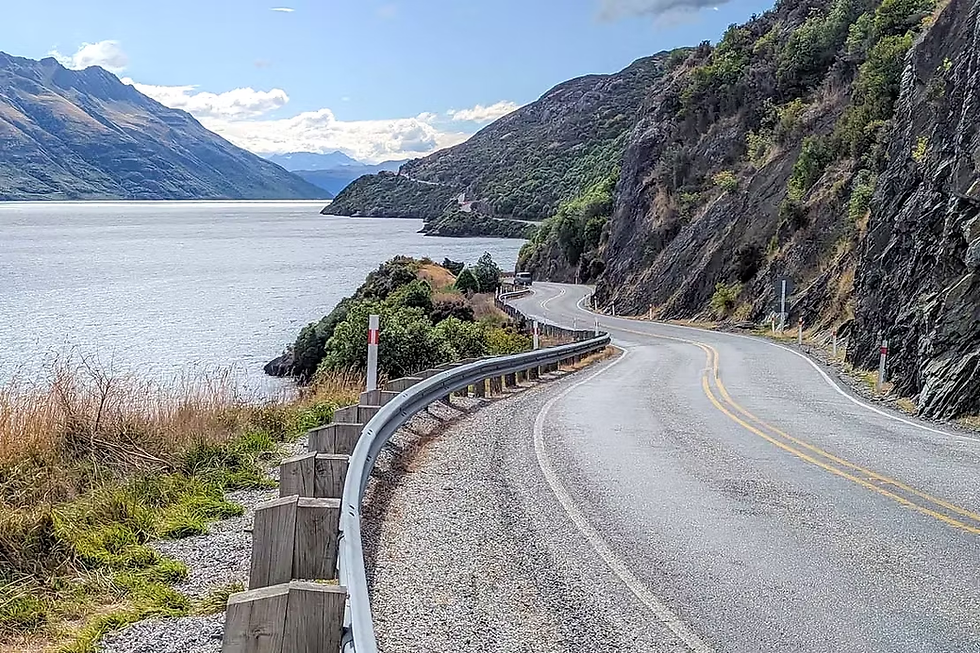
Thus, with heart prepared and stride resolute, the traveler departs Queenstown at first light, and the road becomes an incantation leading toward the luminous gate of the fjord—where earth fractures into water and the sky descends to caress it.
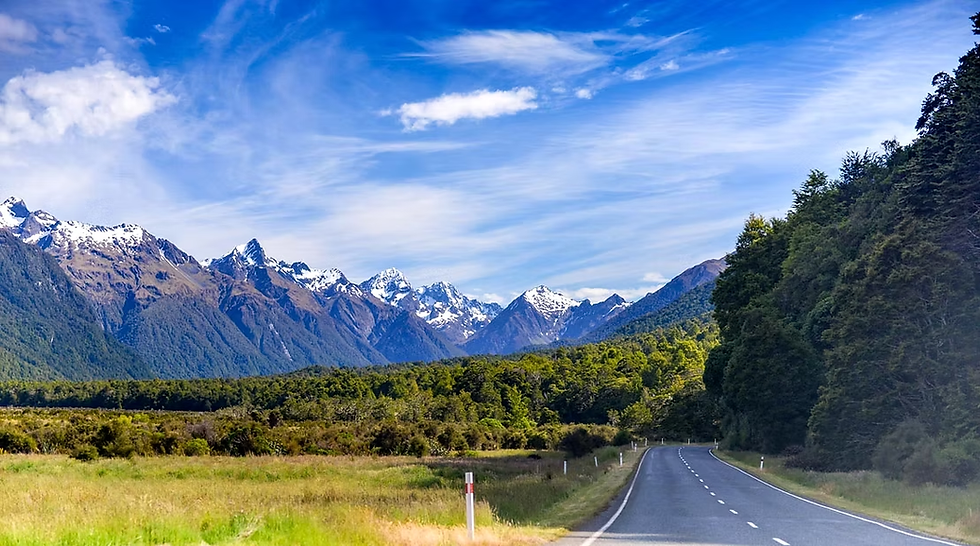
The journey begins on State Highway 6, continuing onto Highway 94—a sequence that seems less a coincidence than a sign of destiny, ensuring the experience is complete, “a perfect score.” The ribbon of asphalt threads through a magnificent valley, smooth as a dreamt meadow, where the road gently lays across the tranquil southern plains like a precise cut through the white cheese of silence.

Here and there, charming settlements emerge along the roadside, like hidden gems behind living fences. Many are flanked by sunlit vineyards or modest tourist attractions that beckon the passerby to pause. They appear as storybook waystations, like inns raised by benevolent spirits for travelers en route to the fjord’s gate.

As Highway 94 ascends and coils into ever tighter loops, the traveler enters a realm where nature begins to unveil its hidden face. The silence of the plains dissipates, and the mountains rise ever closer, like cathedral walls. Then appears Lake Te Anau—vast and crystalline, a giant mirror stretched between peaks, where the sky descends to contemplate its own beauty.
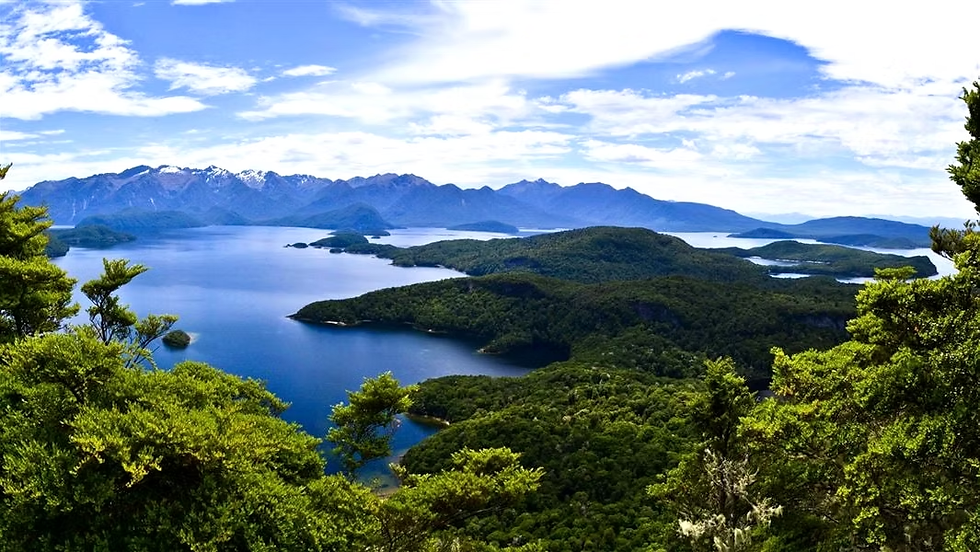
Locals say that here, long ago, the gods descended from wind and cloud to cleanse their armor in the light of sunset. Each glimmer on the lake’s surface is said to be a trace of their sacred metal—a sparkle of eternity. Thus, stopping at Te Anau becomes a near-sacred ritual: not merely to observe, but to receive the lake’s blessing.

From the shore, hidden trails lead to caves of white stone, where subterranean waters flow like unspoken songs. There, glowworms illuminate the vault with thousands of green points, like stars summoned from distant galaxies. The traveler who beholds them becomes, for a moment, a witness to the cosmos—suspended between sky and depths.
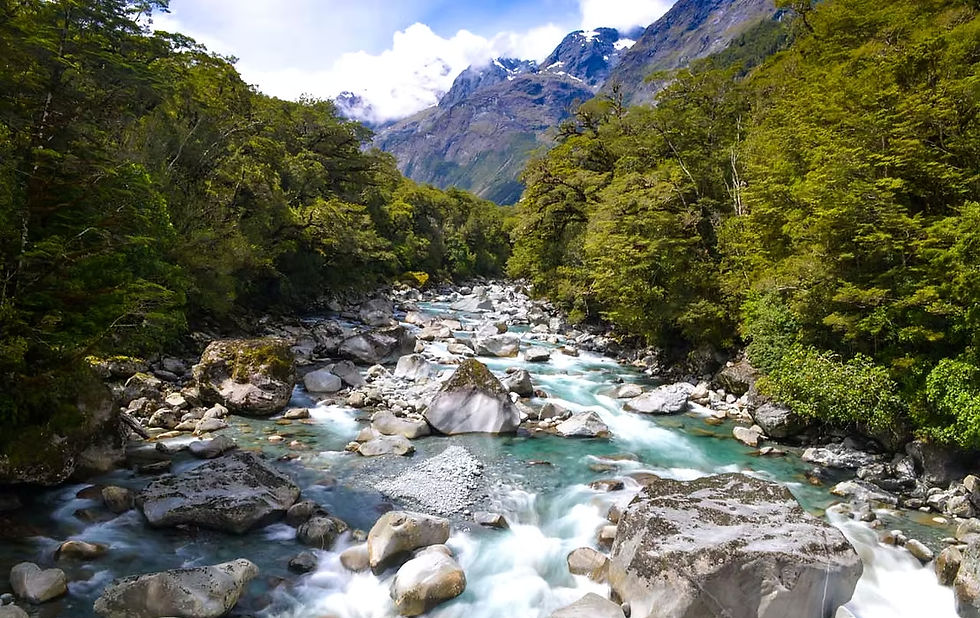
Beyond its mythical beauty, Te Anau marks the threshold of Fiordland—a gateway to the unknown, the beginning of a path that traverses impenetrable forests, mist-shrouded passes, and waterfalls that resemble the flowing tresses of goddesses. It is the place where the serenity of the South ends and the enchantment of wilderness begins.

Following the blessing of Te Anau’s waters, the road advances into Eglinton Valley—a vast expanse, wide as a cosmic breath, encircled by steep ridges that stand like colossal sentinels. Its endless meadows, often veiled in a delicate mist, evoke a realm untouched by time. Here, silence carries a unique gravity: each step, each heartbeat, resonates as if within an unseen cathedral.
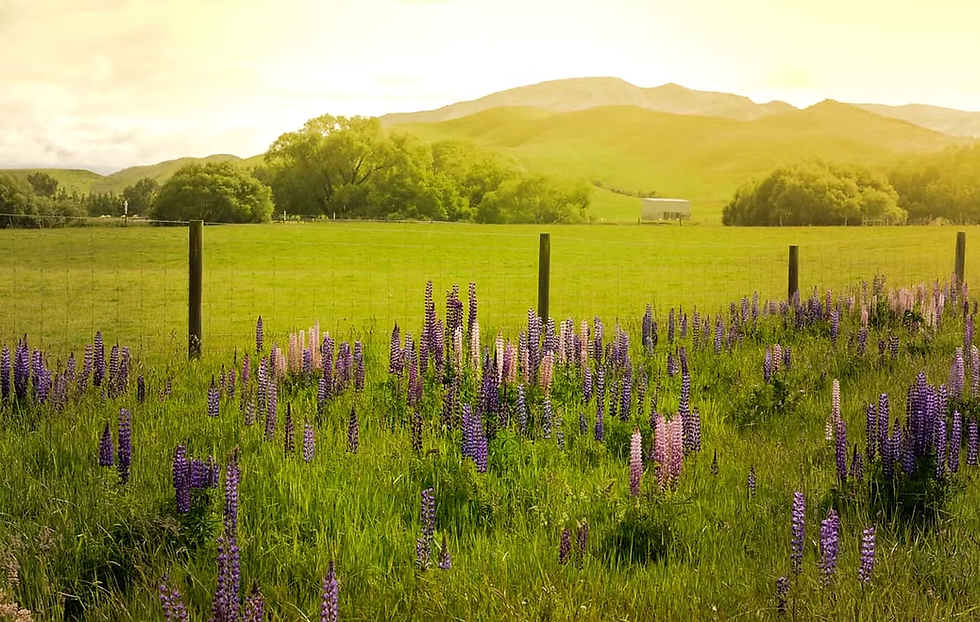
Local legends speak of Eglinton as the gathering place of ancient shepherd spirits, who herd flocks of clouds across the sky as once humans guided their sheep. The wind sweeping over the fields is said to be their song, and the mist, their silent, white flock. In this valley, the traveler begins to feel a loosening—a gentle invitation to shed the weight of the world and step into another dimension.

The road then winds toward waterfalls. Some appear from afar, slender and silver, cascading down sheer mountain walls like the tresses of hidden goddesses. Others plunge with force, shaking the valleys and releasing translucent vapors that rise skyward like offerings.

Each waterfall possesses its own voice—some sing, others roar, and a few merely whisper. The Chasm, carved by water into stone, resembles an ancient wound in the earth, over which flows nature’s liquid lifeblood. It is said that if one listens closely beside the swirling waters, the mountain’s voice may be heard—a deep, resonant murmur older than any human word. Thus, Eglinton Valley and its waterfalls become initiatory thresholds: first, the immense stillness; then, the unbridled power of water—two faces of the same primordial force preparing the soul for its encounter with the sanctuary of Milford Sound.

Shortly after leaving Eglinton’s solemn quiet, the traveler arrives at Mirror Lakes—Fiordland’s enchanted mirrors. At first glance, they appear as modest ponds nestled among meadows and reeds. But as one draws near, the magic reveals itself: the towering mountains reflect perfectly in their still waters, as though reality possesses a secret double, visible only to those who truly know how to look.
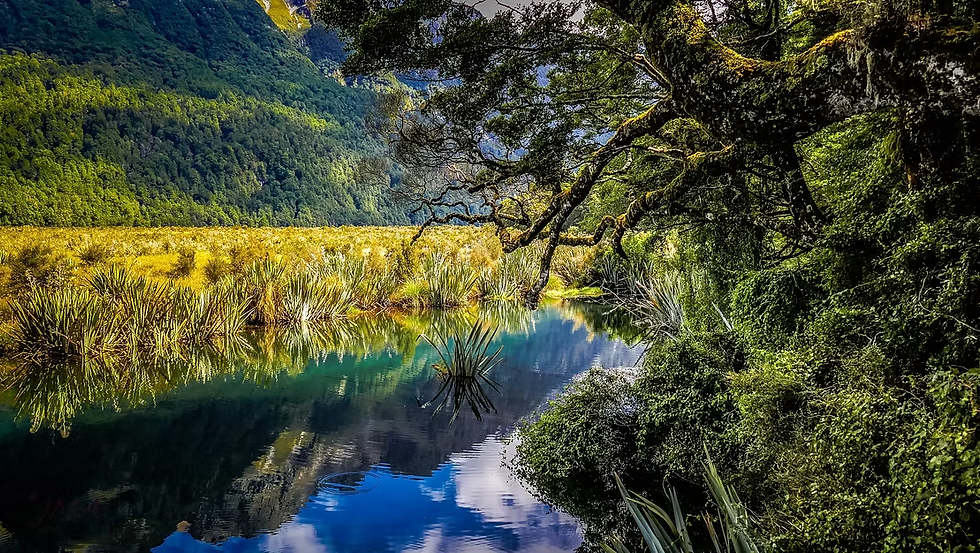
It is said these lakes were placed here by mountain spirits to remind humankind that the visible world is not the only one that exists. Their reflections do not merely mirror the landscape, but the soul of the observer: a restless traveler will see troubled waters, while a peaceful heart will behold clear reflections—like a promise of eternity.
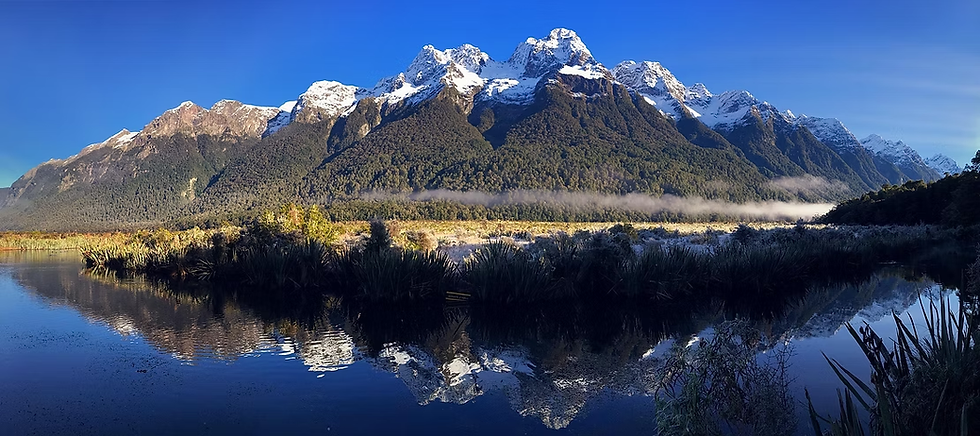
Its shores are lined with vegetation that leans gently over the water’s surface, as if attempting to admire its own beauty. In the morning, mist drapes the lake like a translucent veil, and the reflections blur the boundary between real and unreal.

For those journeying toward Milford Sound, Mirror Lakes serve as an initiatory pause—a place where one glimpses the hidden double of the world, where nature unveils its unseen face. It is as if the waters and light whisper: “Remember, beyond the road, there is another path—the path of the spirit.”
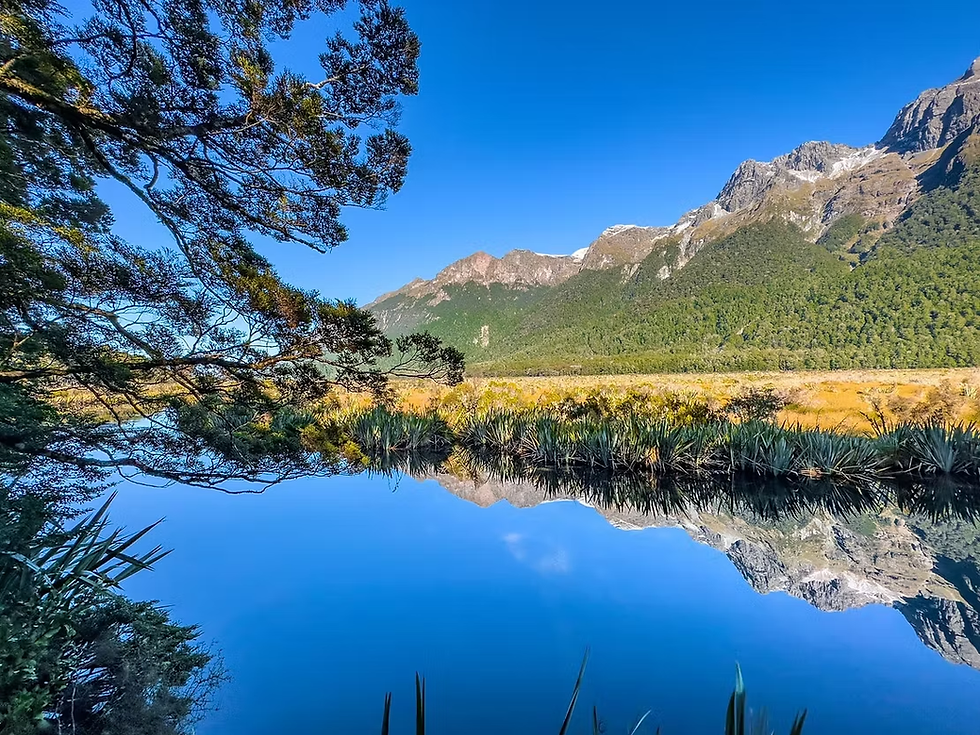
The road, already adorned with enchanted mirrors and valleys guarded by sleeping gods, leads the traveler to a place of singular power: The Chasm. Here, water descending from the peaks crashes through a narrow gorge, carving spirals and vaults into the rock—hieroglyphs etched by time itself.
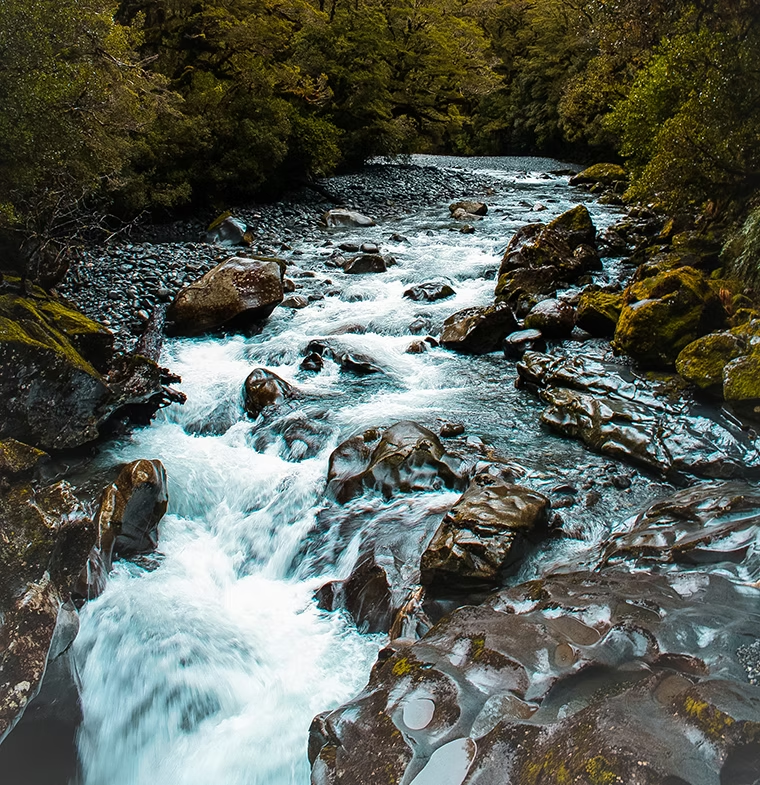
The sound of the cascade is not mere noise—it is a solemn chant, a murmur that seems to rise from the earth’s depths. The traveler feels as though entering an invisible cathedral, where stone walls are altars and water is the eternal priest conducting the ritual.
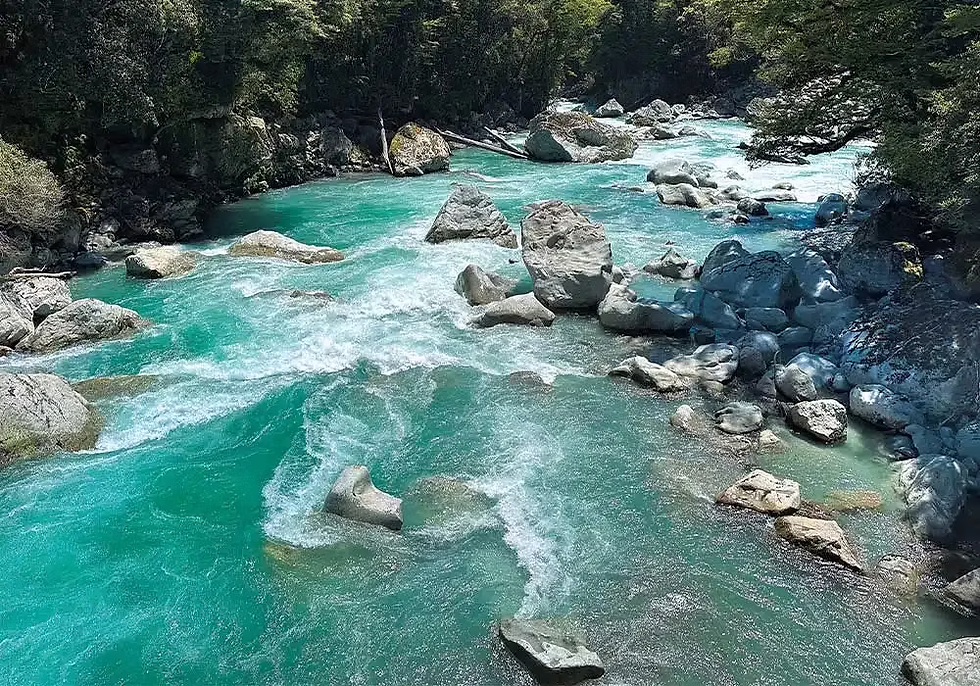
Local lore holds that within these damp, shadowed walls, the gods once sought to conceal their secrets. Yet the water stole them, sculpting strange, rounded forms into the stone—phantom-like faces that emerge at every turn. Gazing upon them, one feels the earth speaking in its forgotten tongue.
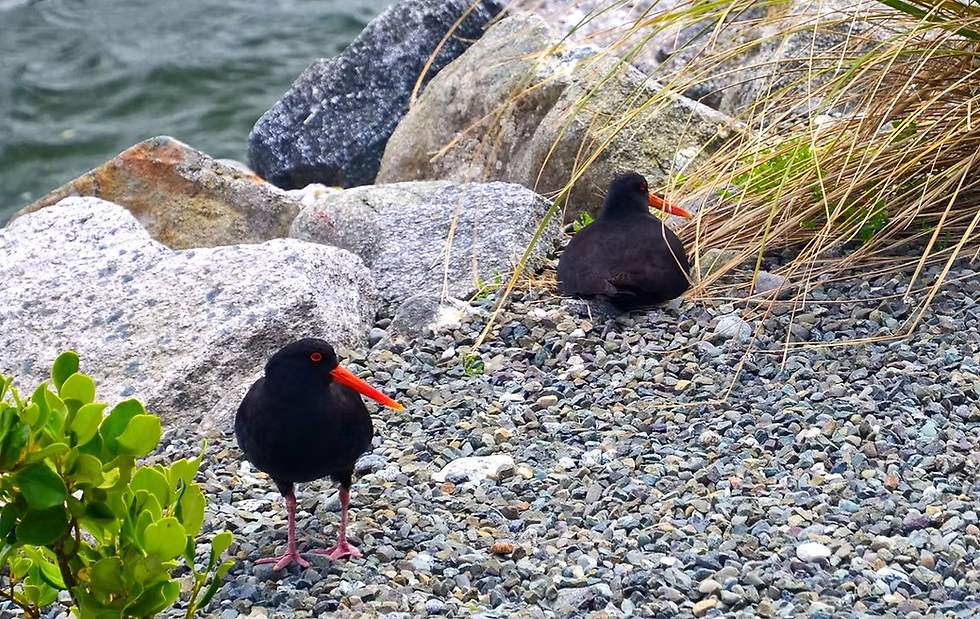
The wooden bridges that cross The Chasm are not mere tourist paths, but thresholds between worlds: from above, one sees the chaos of the struggling waters and feels nature’s untamed force; from below, the rising mist ascends like incense from an altar.

For those who pause here, The Chasm becomes both a lesson and an incantation: that even stone does not endure forever, that all things are shaped by the patient touch of water, and that beauty often arises from wounds.
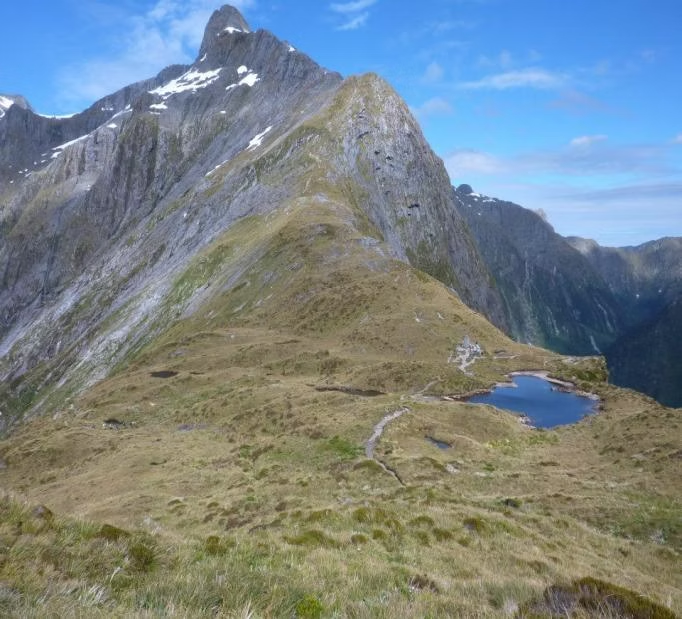
Beyond the singing waterfalls and the ritual chasm, the road climbs steeply and arrives at the entrance to the Homer Tunnel—a wound carved into the mountain’s heart, a gateway that seems drawn from a dark fairytale. Its entrance, damp and cold, resembles the mouth of a sleeping giant, waiting to swallow travelers and carry them into the earth’s depths.

Begun in the 1930s and completed through titanic effort, the tunnel is more than an engineering feat—it is a triumph over granite, a pact between humanity and stone. Yet beneath its modern tale lies an older legend: the mountain never permitted free passage, except to those brave enough to enter its darkness.

Passing through the tunnel is an initiatory experience. The car’s headlights cast dancing shadows on the damp walls, and each moment spent in compact darkness feels like a suspension of time. It is as though one is briefly torn from the world and cast into a space between realms, where the earth envelops completely.

Then, suddenly, light bursts forth. Emerging from the Homer Tunnel is like a rebirth: before you unfolds a landscape of violent beauty—vertical granite walls, countless waterfalls plunging from great heights, and deep valleys carved by glaciers. Nature reveals itself in its full, untamed majesty, as if the tunnel were merely a portal into another world.
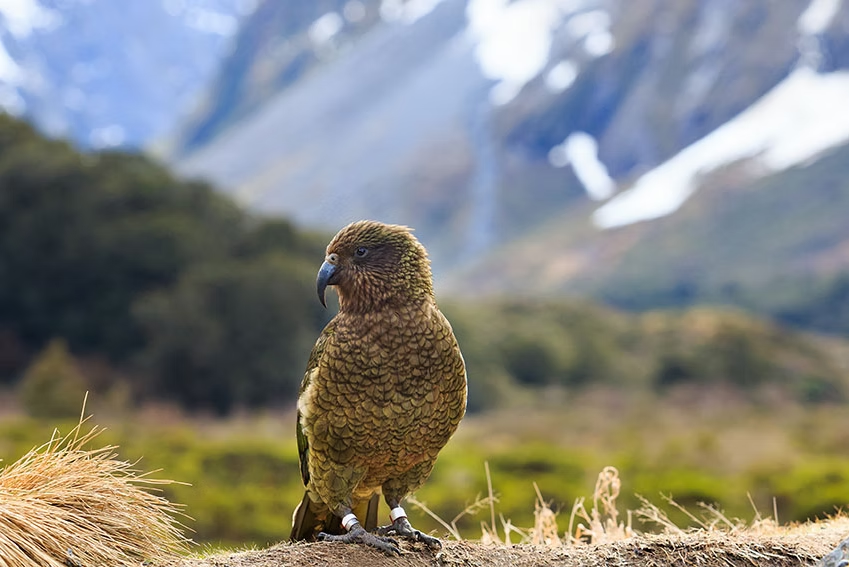
For the traveler en route to Milford Sound, the Homer Tunnel marks a sacred threshold—the moment when the old road ends and the true entry into the realm of the fjord begins. It is the final gateway to a mythical sanctuary.

After winding through valleys and tunnels, after water and stone have set the rhythm of initiation, the traveler finally arrives at Milford Sound—the hidden sanctuary of Fiordland, where nature unveils its absolute splendor. The mountains rise abruptly from the water, like granite walls erected by gods to guard the fjord’s secret. Mist drapes the peaks like a veil of mystery, and waterfalls cascade like the flowing tresses of eternal divinities.
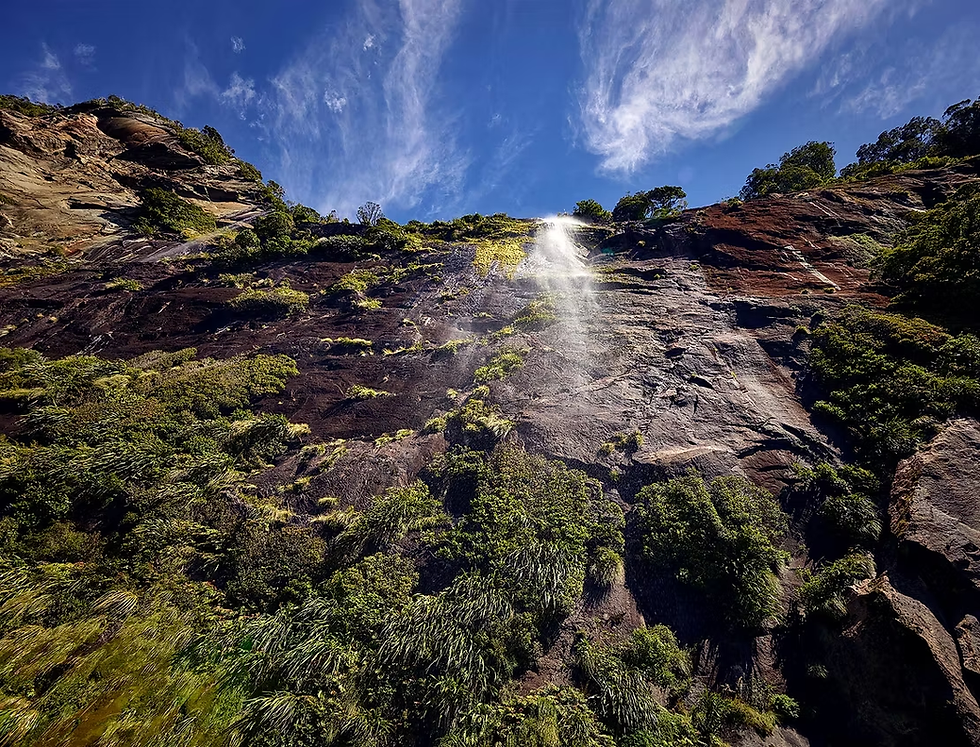
The fjord stretches ahead like a vast mirror in which sky and mountain merge. The place is steeped in legend: it is said that the spirits of Māori ancestors still wander among the rocks, guiding curious souls to the most secret corners of water and forest. Even the waves seem to whisper tales of long-lost epochs—of glaciers and winds that sculpted this landscape into an altar of time.

Gazing upon Milford Sound, the traveler feels transformed. Every curve of the road, every tunnel, every waterfall has been a preparation for this encounter. The salty air, the damp scent of moss and stone, the echo of falling water—all become a natural incantation, a song etched into the soul forever.

Here, at the journey’s end, earthly travel gives way to eternal contemplation. Milford Sound is not merely a destination—it is an altar of beauty, a gateway to myth and mystery, where the human becomes both witness and participant in a universal legend.
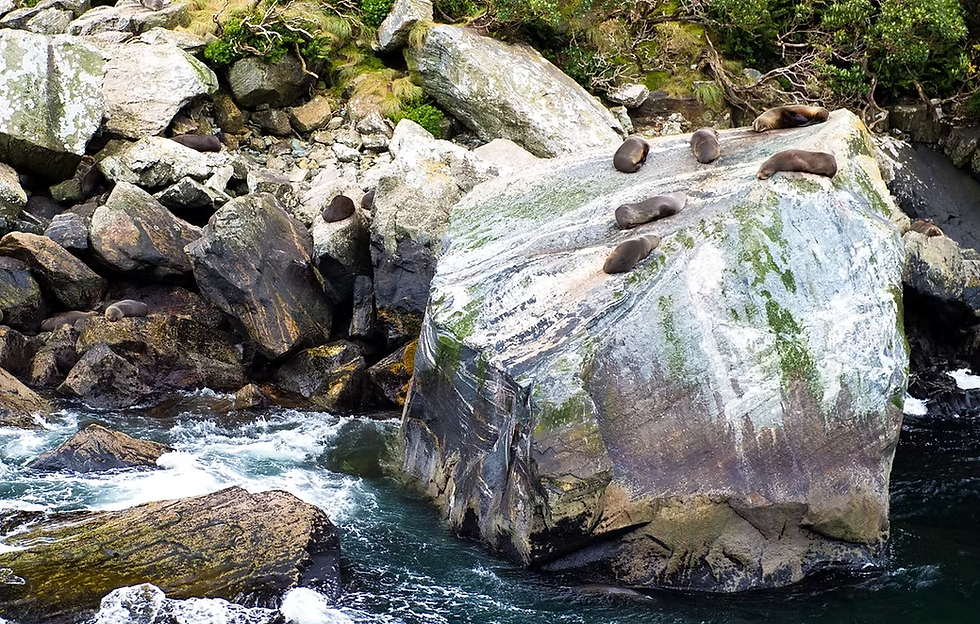
Upon arrival, the traveler prepares for the water voyage—a ritual essential to grasp the fjord’s grandeur. The boat glides slowly, immersed between vertical granite walls rising up to 1,200 meters above the water, like the ramparts of a natural temple. The traveler immediately senses the smallness of humanity before this sacred architecture.

On the water, the hum of the engine becomes the rhythm accompanying the song of the falls. Stirling Falls, plunging from 155 meters, and Bowen Falls, descending from 162 meters, pour forth not merely water, but the living energy of the mountain. Legend holds that ancestral spirits watch over this place, lifting fine vapors and casting playful shadows in the sunlight.

The fjord itself is a geographic paradox: serpentine and elongated over 15 kilometers, plunging to depths of 400 meters, fed by rivers born of glaciers and alpine forests. Salt and freshwater mingle in osmotic dance, and the currents—sometimes fierce—remind the traveler that these waters are not merely beautiful, but wild, bearing the imprint of millennia of glacial sculpting.

As the boat nears the ocean’s edge, the granite walls recede, and the marine breeze brings a sense of freedom and expansion. The sound of great waves merges with the cascading waters, and the traveler feels they have entered a realm of boundlessness, where earth, sea, and sky become one.
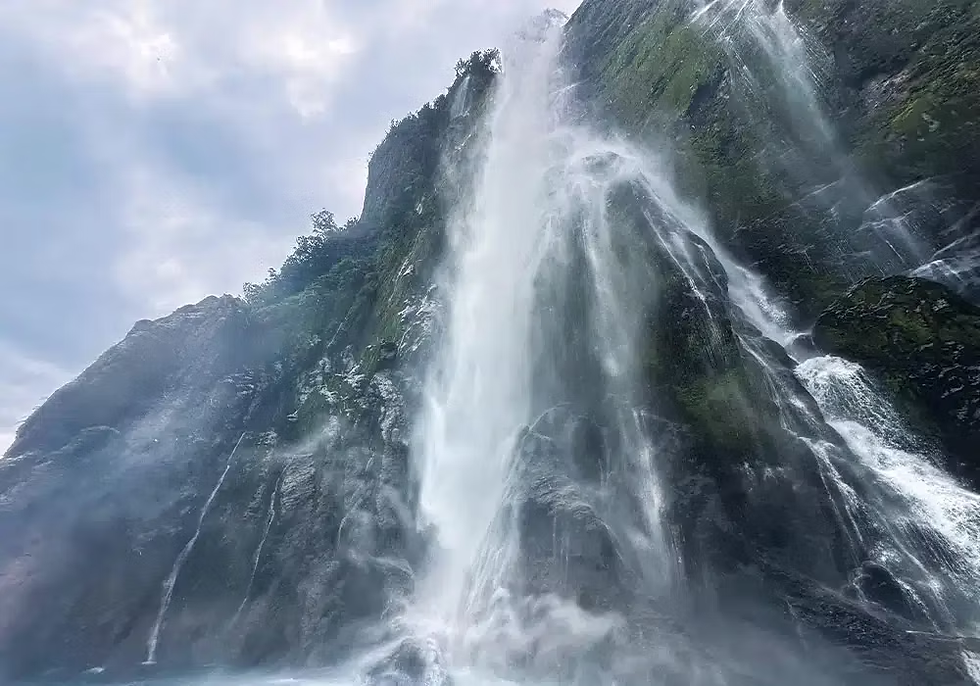
Even surrounded by other tourists, this waterborne journey becomes a profound experience: each sunlit droplet, each granite reflection in the fjord’s mirror becomes a living memory of Fiordland’s legend—a reminder that humanity is but a witness, and nature, eternal and immortal, continues to sing its myth.

As the boat slowly returns to shore, the traveler remains under the fjord’s spell, watching the clear waters reflect the final rays of sunlight across granite walls and whispering waterfalls. Each droplet, each breeze, each echo of water seems to touch the soul with sacred gentleness.

If I could choose the place from which to step into another world, without hesitation, it would be here—in the heart of Milford Sound. Where the earth rises in granite cliffs, where waters deepen into a gleaming mirror, where sky and mist mingle with mountain shadows, and time ceases to matter.

Thus, the journey concludes not merely as an adventure, but as a rite of initiation: the passage through valleys, tunnels, waterfalls, and mirrored waters has prepared the soul for this final encounter. The traveler departs transformed, with a heart filled with reverence, carrying within the legend of the place and knowing that, wherever he may go, Milford Sound will remain a realm where beauty and mystery converge in an eternal dance.
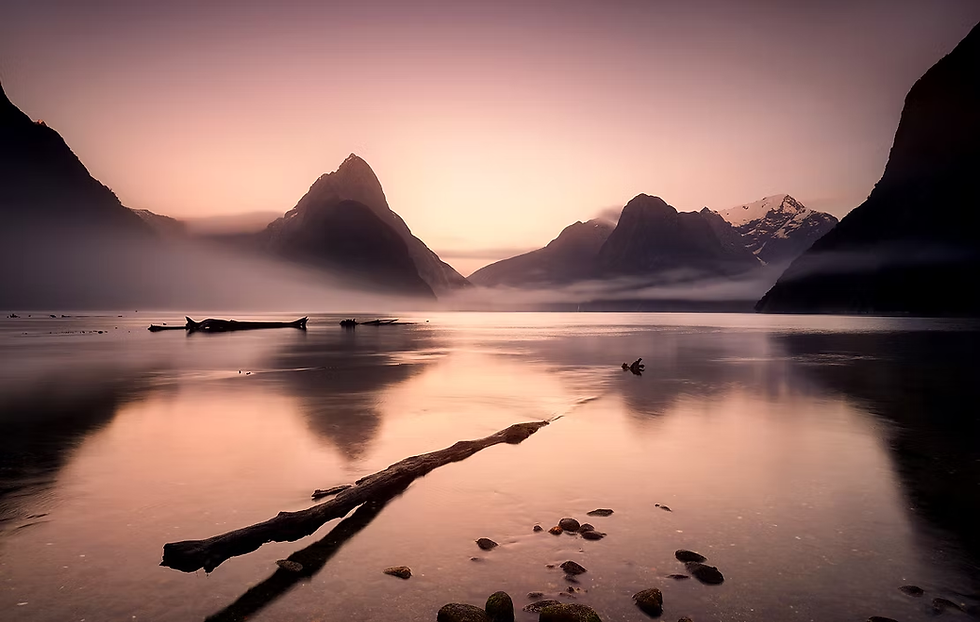




Comments